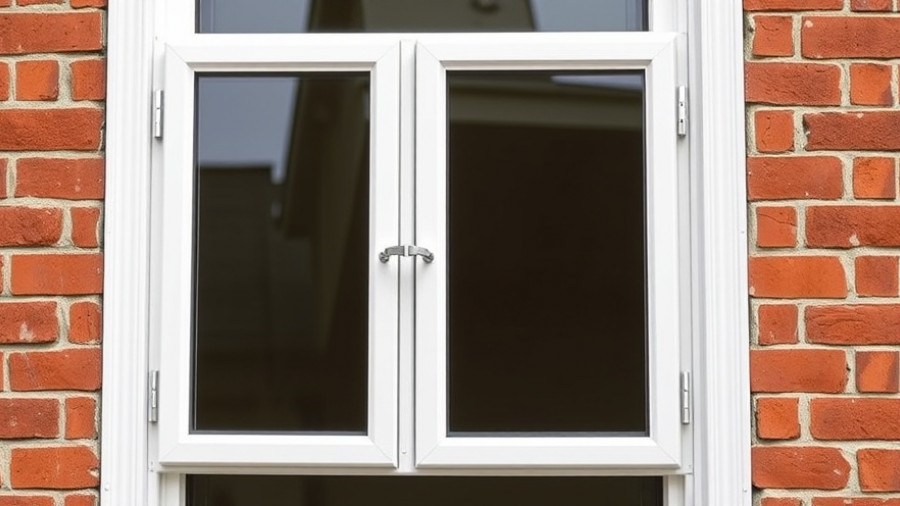
Uncovering Hidden Dangers: Hazardous Materials in Fixer-Uppers
For many enthusiasts, purchasing a fixer-upper represents a chance to unleash creativity while investing in a home’s value. However, the allure of renovation can sometimes mask potential health hazards lurking within the walls. Identifying hazardous materials is a crucial step that every homeowner must undertake to ensure safety and well-being.
Importance of Awareness: Health Risks and Hazards
While the romance of transforming an old property can be enticing, reality checks often arise. Common culprits include lead paint, asbestos, and mold — substances that, if disturbed, can have serious health implications. According to the Environmental Protection Agency (EPA), lead paint was widely used in homes built before 1978 and exposure can lead to developmental issues in children. A simple renovation could inadvertently disturb these materials, posing risks to both workers and their families.
Identifying Hazardous Materials: Key Practices
Before diving into your renovation projects, it is essential to perform a thorough inspection. Engage a professional for a detailed assessment and recommend testing in high-risk areas. Homeowners can look for signs of lead paint such as chipped, peeling, or deteriorating paint, especially in older homes.
Asbestos, once common in insulation and flooring, requires specialized handling. A qualified inspector should conduct tests if materials are suspiciously older. Similarly, the presence of mold can often hint at moisture issues, urging immediate attention to wellbeing and structural integrity.
Future-Ready: Preparing for Renovations
Understanding the potential hazards in fixer-uppers can prepare homeowners to tackle renovations more effectively. A proactive approach not only ensures personal safety but can also steer contractors to make informed choices that prevent costly mishaps. Using the right tools and following best practices can make renovations more seamless, ensuring that both time and budget are utilized wisely.
Moreover, integrating sustainable practices during renovations can further enhance the health of the home. Using low-VOC paints and eco-friendly materials contribute towards creating a safe and welcoming environment.
Resources and Tools for Homeowners
Numerous resources are available to empower homeowners in their renovations. Local health departments often provide access to testing kits for lead and mold. Additionally, organizations like the EPA and the Centers for Disease Control and Prevention (CDC) offer guidelines and information about safe home improvement practices.
For those who want to dive deeper into understanding hazardous materials, consider attending local workshops focused on DIY home repair and safety solutions. Engaging with home improvement forums or local community groups can also bring valuable connections and tips!
Conclusion: The Takeaway for Homeowners
Fixer-uppers can be the perfect canvas for creativity, but an informed approach is essential. By staying aware of hazardous materials and following best practices, you can not only safeguard health but also pave the way for a successful renovation. Remember, your home should be a sanctuary — one that welcomes you and your family without hidden dangers.
As you embark on your home renovation adventures, consider these insights and remember to protect yourself and those around you. For more guidance and support, connect with professionals who can help turn your vision into reality while prioritizing health, safety, and sustainability.
 Add Row
Add Row  Add
Add 




Write A Comment